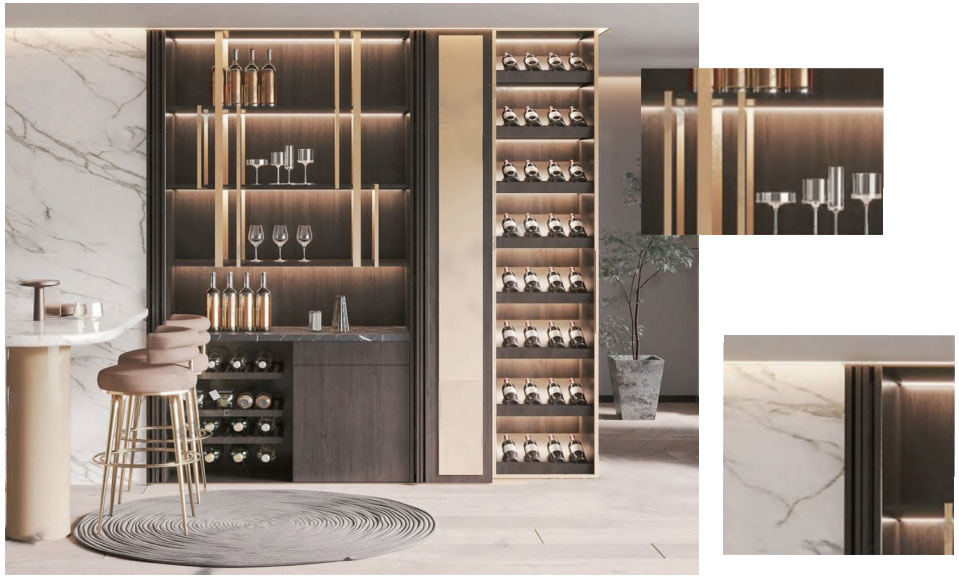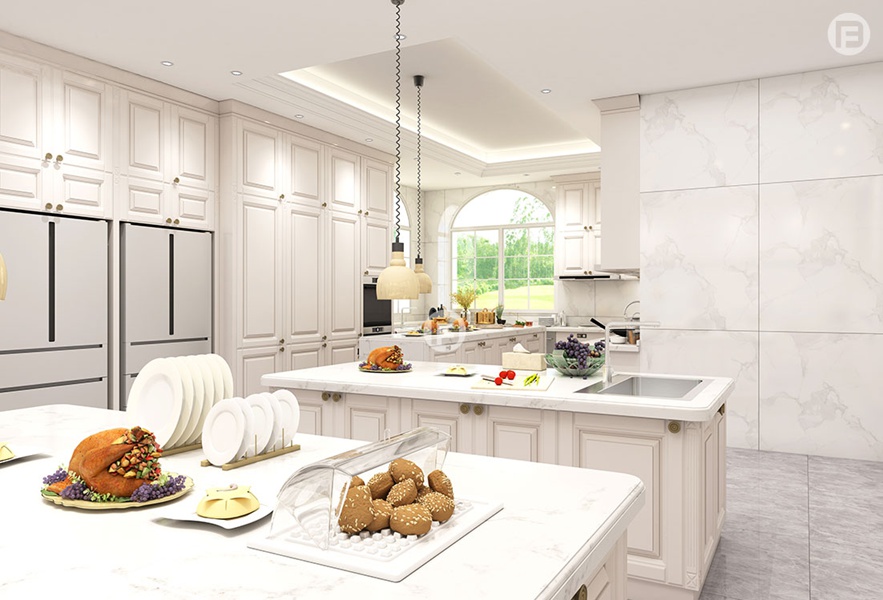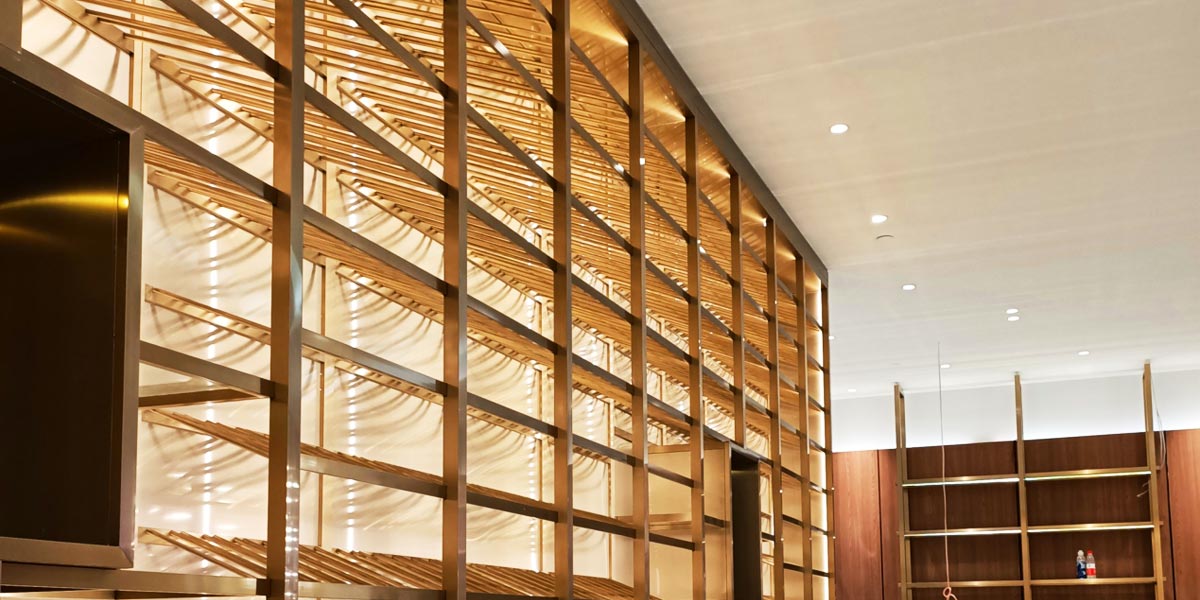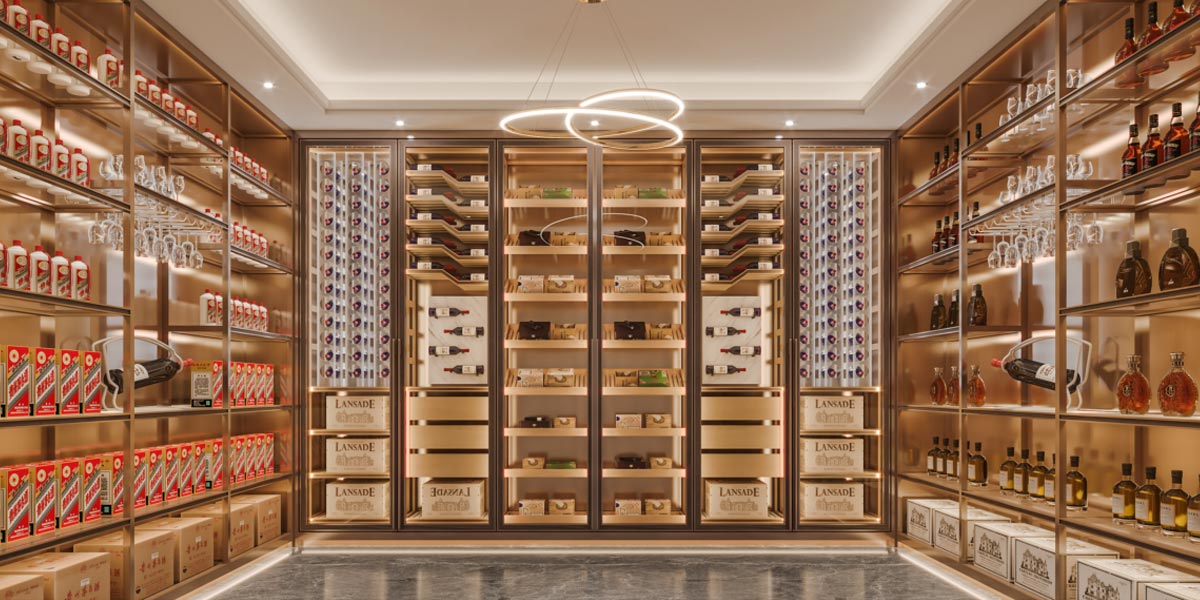What is the difference between American and European kitchen cabinets?
Kitchen cabinets are a crucial element of any kitchen design, not only serving as storage but also defining the aesthetic and functionality of the space. While both American and European kitchen cabinets fulfill the same purpose, they differ significantly in design, construction, style, and functionality. These differences stem from cultural preferences, available space, and manufacturing techniques. Let’s explore the key distinctions between American and European kitchen cabinets.
1. Design and Aesthetic
American Kitchen Cabinets: American cabinets often feature a classic, traditional design with intricate details and decorative elements. Key features include:
Framed Construction: The most notable characteristic is the framed construction, where a face frame is attached to the front of the cabinet box. This provides additional stability and allows for a variety of door styles.
Decorative Details: Crown moldings, raised panel doors, and decorative trims are common, giving the cabinets a timeless, elegant look.
Materials: Solid wood is often used, with finishes such as oak, maple, or cherry being popular.
Colors and Finishes: Neutral tones like white, beige, and natural wood finishes dominate, though darker wood stains are also common.
European Kitchen Cabinets: European cabinets emphasize sleek, minimalist designs with a focus on functionality and modern aesthetics. Key features include:
Frameless Construction: These cabinets are frameless, creating a seamless and streamlined appearance. This design maximizes storage space and allows for flush-fitting doors and drawers.
Minimalist Details: Decorative elements are minimal, with a preference for clean lines and flat-panel doors.
Materials: European cabinets often use engineered materials like medium-density fiberboard (MDF) or plywood, which are durable and allow for various finishes.
Colors and Finishes: Glossy or matte finishes in bold colors, such as black, white, or even vibrant hues, are common, reflecting contemporary design trends.
2. Construction and Craftsmanship
American Kitchen Cabinets: American cabinets are typically built with durability and long-term use in mind. Their construction includes:
Face Frame Construction: The face frame adds rigidity to the cabinet box, making it a sturdy option.
Customization: American cabinets offer extensive customization options, allowing for unique designs tailored to individual preferences.
Traditional Joinery: Dovetail joints, mortise-and-tenon connections, and other traditional techniques are often used, emphasizing craftsmanship.
European Kitchen Cabinets: European cabinets prioritize efficiency and precision in their construction. Characteristics include:
Frameless Design: The lack of a face frame provides a more modern appearance and maximizes usable space inside the cabinet.
Flat-Pack Construction: Many European cabinets are designed for flat-pack shipping and easy assembly, reducing costs and environmental impact.
Advanced Manufacturing: Automated production methods ensure precision and consistent quality in mass-produced cabinets.
3. Functionality and Features
American Kitchen Cabinets: American cabinets cater to a variety of needs, blending functionality with tradition:
Storage Space: While spacious, the framed design slightly reduces the interior storage capacity.
Hardware: Hinges and drawer slides are often visible, contributing to the traditional look.
Flexibility: Cabinets are often modular, allowing for a range of configurations and layouts.
European Kitchen Cabinets: European cabinets are designed for maximum functionality in compact spaces:
Efficient Storage: Frameless construction allows for larger drawers and more storage within the same footprint.
Hidden Hardware: Hinges and slides are typically concealed, maintaining the clean and minimalist look.
Innovative Solutions: Features such as soft-close drawers, pull-out shelves, and integrated lighting are standard in European designs.
4. Cultural and Regional Influences
American Kitchen Cabinets: American designs reflect the culture of spacious homes and traditional values:
Larger Kitchens: With more space to work with, American cabinets are often larger and more elaborate.
Cultural Preferences: There is a strong preference for warm, inviting spaces, often reflected in the use of natural wood and classic designs.
European Kitchen Cabinets: European designs cater to smaller, more efficient living spaces:
Compact Living: Kitchens in Europe are typically smaller, driving the need for space-saving designs.
Modern Lifestyle: The emphasis is on modern aesthetics and functionality, reflecting a more urban and contemporary lifestyle.
5. Cost and Affordability
American Kitchen Cabinets: The cost of American cabinets varies depending on materials and customization options:
Higher Costs: Solid wood and handcrafted details contribute to a higher price point.
Longevity: The focus on durability makes them a long-term investment.
European Kitchen Cabinets: European cabinets are often more affordable, especially mass-produced models:
Cost Efficiency: Engineered materials and flat-pack designs lower production and shipping costs.
Modern Features: Even budget-friendly options often include premium features like soft-close mechanisms and high-quality finishes.
6. Environmental Impact
American Kitchen Cabinets:
Sustainability: Many manufacturers use sustainably sourced wood, though this varies by brand.
Local Production: Cabinets made in the U.S. may have a lower carbon footprint for domestic buyers.
European Kitchen Cabinets:
Eco-Friendly Design: European manufacturers often lead in eco-friendly practices, using recycled materials and non-toxic finishes.
Energy Efficiency: Advanced production methods reduce waste and energy consumption.
The choice between American and European kitchen cabinets depends on personal preferences, kitchen size, and budget. American cabinets are ideal for those seeking traditional, customizable designs that emphasize craftsmanship and durability. European cabinets, on the other hand, appeal to individuals who value modern aesthetics, efficient use of space, and innovative features.
Both styles have their unique advantages, making it essential to consider your lifestyle, design preferences, and functional needs when selecting the perfect cabinets for your kitchen. By understanding these differences, you can make an informed decision that enhances both the functionality and style of your home.
Hot News
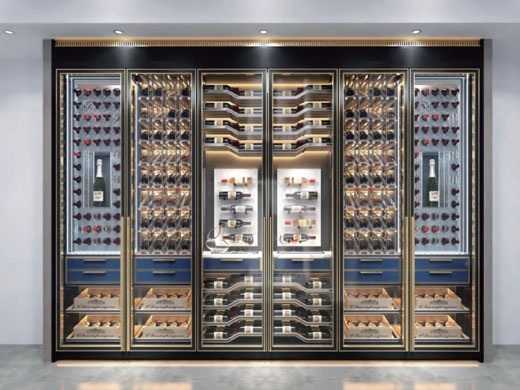
Single-Zone vs. Dual-Zone Stainless Steel Wine Cabinets: Which One Should You Choose?
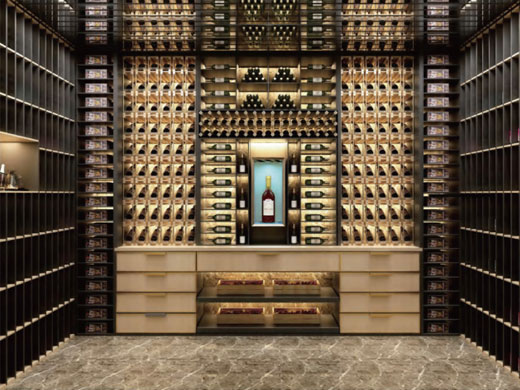
Best Commercial Stainless Steel Wine Cabinets for Bars & Restaurants

The Best Stainless Steel Wine Cabinets for Outdoor Use
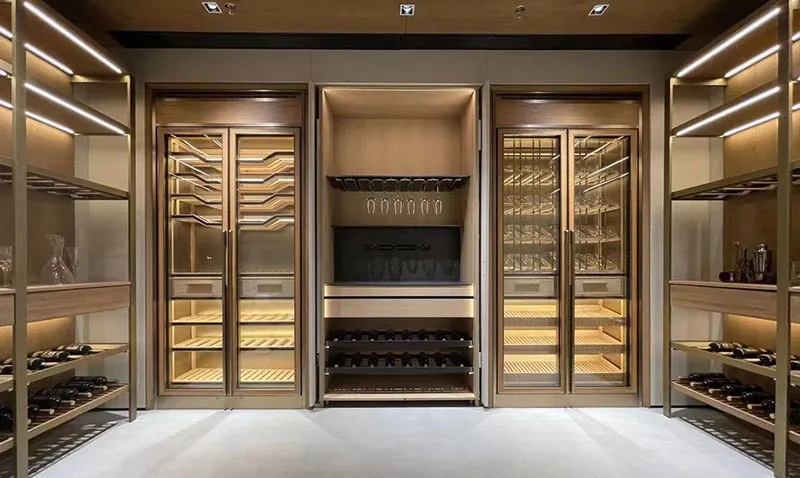
Why Stainless Steel Wine Cabinets Are the Best Choice for Modern Homes
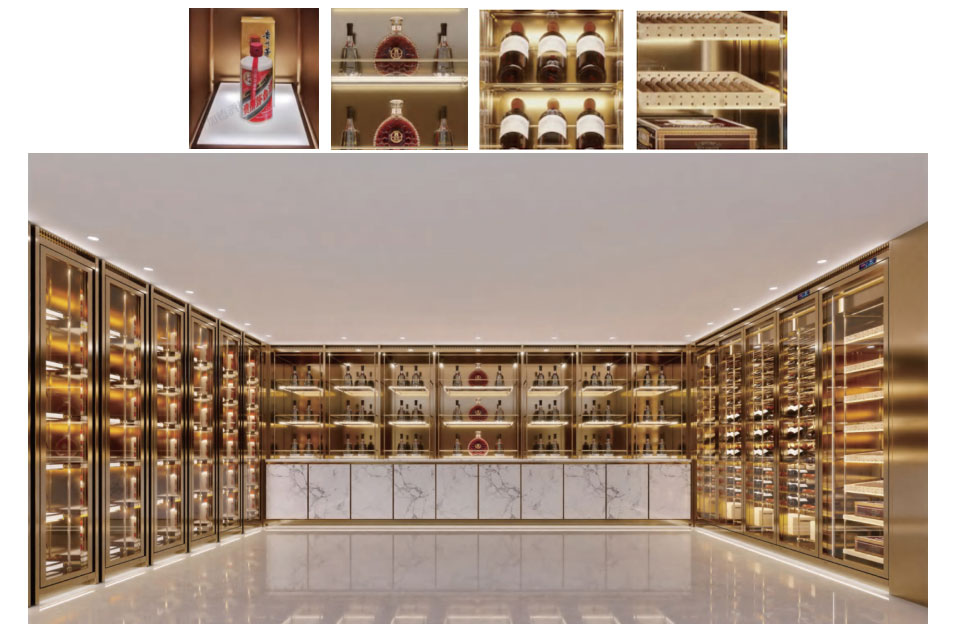
Luxury Stainless Steel Wine Cabinets: A Must-Have for Wine Collectors
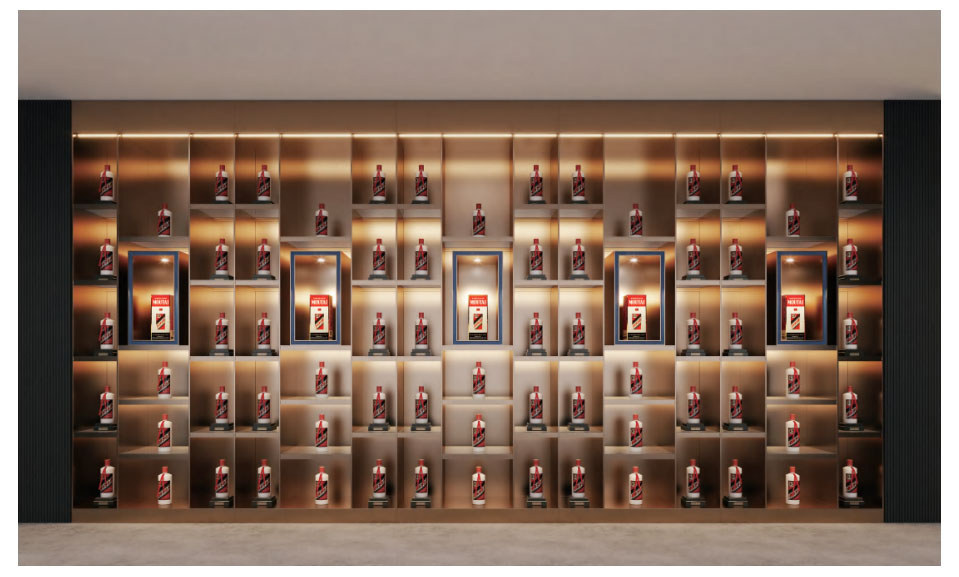
Stainless Steel Wine Cabinets for Restaurants: Why They Are Essential?
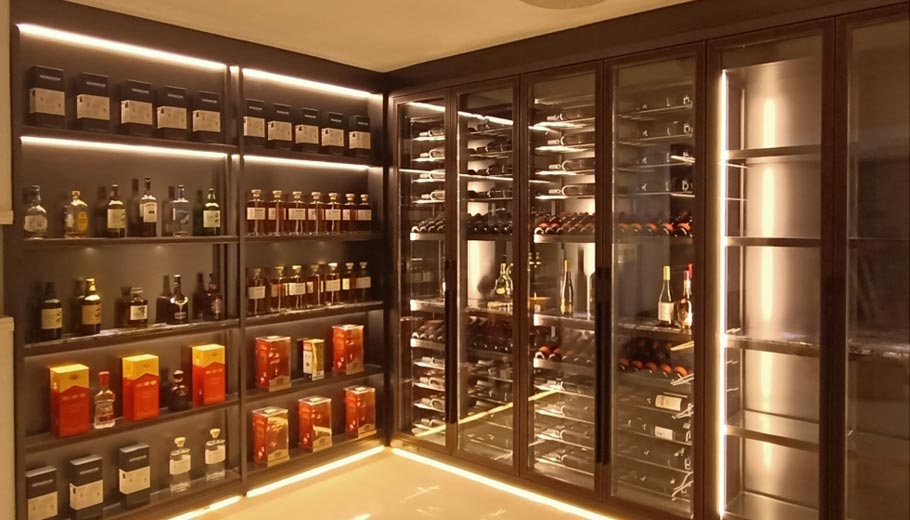
Troubleshooting Common Issues with Stainless Steel Wine Cabinets
